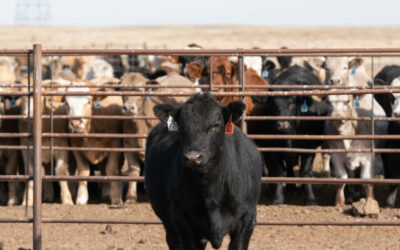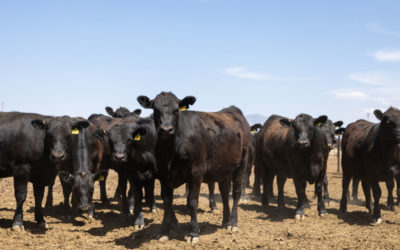Each week, Nebraska cattleman Gerald Timmerman would flip open Sunday’s thick Omaha World Herald. After morning chores, he’d scan the want ads, taking note of which ones might fit his skill set, “just in case.”
“It was amazing back then, there was quite a few jobs I’d fill in, and I haven’t looked lately, but I think it would be pretty narrow what I’d be qualified for today,” says Timmerman with a chuckle.
Sure enough, he didn’t finish high school—a chance to cowboy in Texas called in his junior year—but his resume quickly grew with life experience.
Last month, Timmerman added another when he received the 2018 Feeding Quality Forum (FQF) Industry Achievement Award for his long-time dedication to putting the consumer first.
Equal partners and sweat equity
Timmerman was the oldest of four brothers who grew up at the family’s Springfield, Neb., feedyard where, “The work ethic was pushed on us pretty hard, but then we got a passion for it.”
It was no guaranteed career path.
“I was about 28, and I had 2 brothers in the army during the Vietnam war at that time and one brother graduating from high school,” Timmerman says. “[Dad] said he was going to sell the feedlot to an individual there in Omaha or to us, if we wanted to buy it.”
They did.
Leo Timmerman did them “a great favor” by selling, rather than giving it to them, he says. “We had to assume a lot of responsibility. He didn’t sign on any credit or anything for us.”
Instead, they built it with hard work and a simple business plan. There was no hierarchy or titles, no company vehicles, and no bonuses.
“I think we went about close to 10 years at 7 days a week without ever taking a day off, every one of us, and as we went through we just drew a salary,” he says.
Don’t believe him? Just ask his wife or his sisters-in-law.
“All of us would have to say that if it wasn’t for our wives, we could have never made it,” he says. They stuck by their men during the rollercoaster that is the feeding business—and there were many ups and downs, from record prices to declining beef demand and the Farm Crisis.
“We were so, so fortunate that we had a lot of good mentors that went through a lot of things that we were going to go though and luckily we listened,” the feeder says.
One of his father’s friends frequently told them to save back half of all profit. “He always had a saying, ‘Put it in the tomato can because they’re coming back after it.’
“In some respects, some of those things I think are good because it will humble you. You get to going along pretty good and you get to feeling pretty good about yourself, and you get in one of those and you’ll get a little humility back.”
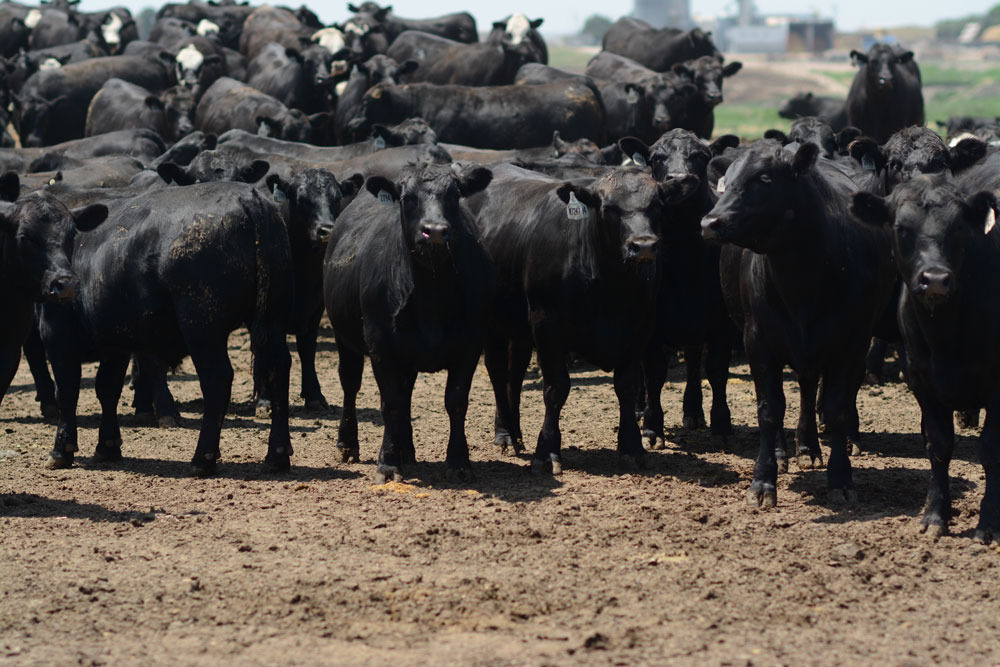
Mechanization, marketing and marbling
For all the challenges, there was success.
Today, the brothers and their sons have independent operations and joint ventures. They have ranches in Nebraska, South Dakota, Colorado and Texas, feedyards in three states and interests in other beef industry enterprises.
“Mechanization really relieved a lot of back labor,” and then as technology grew, the number of cattle an employee can care for today “would have never, ever seemed possible then,” Timmerman says.
Cattle genetics improved, from longevity and reproductive efficiency to the way they hung on the rail. Marketing changed in step.
“That was one of the reasons my father wanted to move closer to the central market,” Timmerman says, describing his agility in responding to packer demand in short-run weeks. “And as time went by, he and another gentleman were the first ones to start selling cattle direct rather than going through a commission company at the yards.”
Then came selling “in the beef” and on quality-based grids.
Timmerman credits the Certified Angus Beef ® (CAB®) brand for guiding cattlemen toward the kind of product that builds beef demand.

“They took the whole cattle industry, not just the black Angus, and proved to the industry that consistency and quality will sell and that’s what the people were craving,” he says. “We were in the commodity meat business. Choice was Choice. Prime was Prime. Select was Select or they were Good (grades) at that time, and I think the restaurant business, they were never assured of that same consistency. CAB is the one that revolutionized that.”
Timmerman is quick to pick up new technology, if it’s practical. If a drone can’t travel far enough to check windmills, maybe satellites will work. He’s direct and decisive. It’s hard for him to understand why others resist progress.
“I’m a consumer advocate because I believe you have to produce what the consumer wants, not what you think he ought to have,” he says. “If you give them what they want, you can rest assured you’re going to have a profit. You’ll be rewarded for your work.”
It’s that attitude that caught the attention of the past FQF Industry Achievement Award winners, who nominated the feeder for the honor.
“The Timmermans are just one of the really good cattle feeding families in Nebraska, coming from humble beginnings,” says retired long-time CAB vice president Larry Corah. “Gerald has always shown leadership in keeping the consumer first, no matter what everybody else thought.”
At 78, Timmerman is still highly involved in the business, though he tries to spend more time in the saddle, making up for lost time on his boyhood dream of being a cowboy. You’re just as likely to find him at a branding as you are a board meeting.
“When you get in the business you’ve got to be smart,” Timmerman says. “Smart isn’t IQ—just savvy, hungry and have a little humility and you can have a pretty good career.”
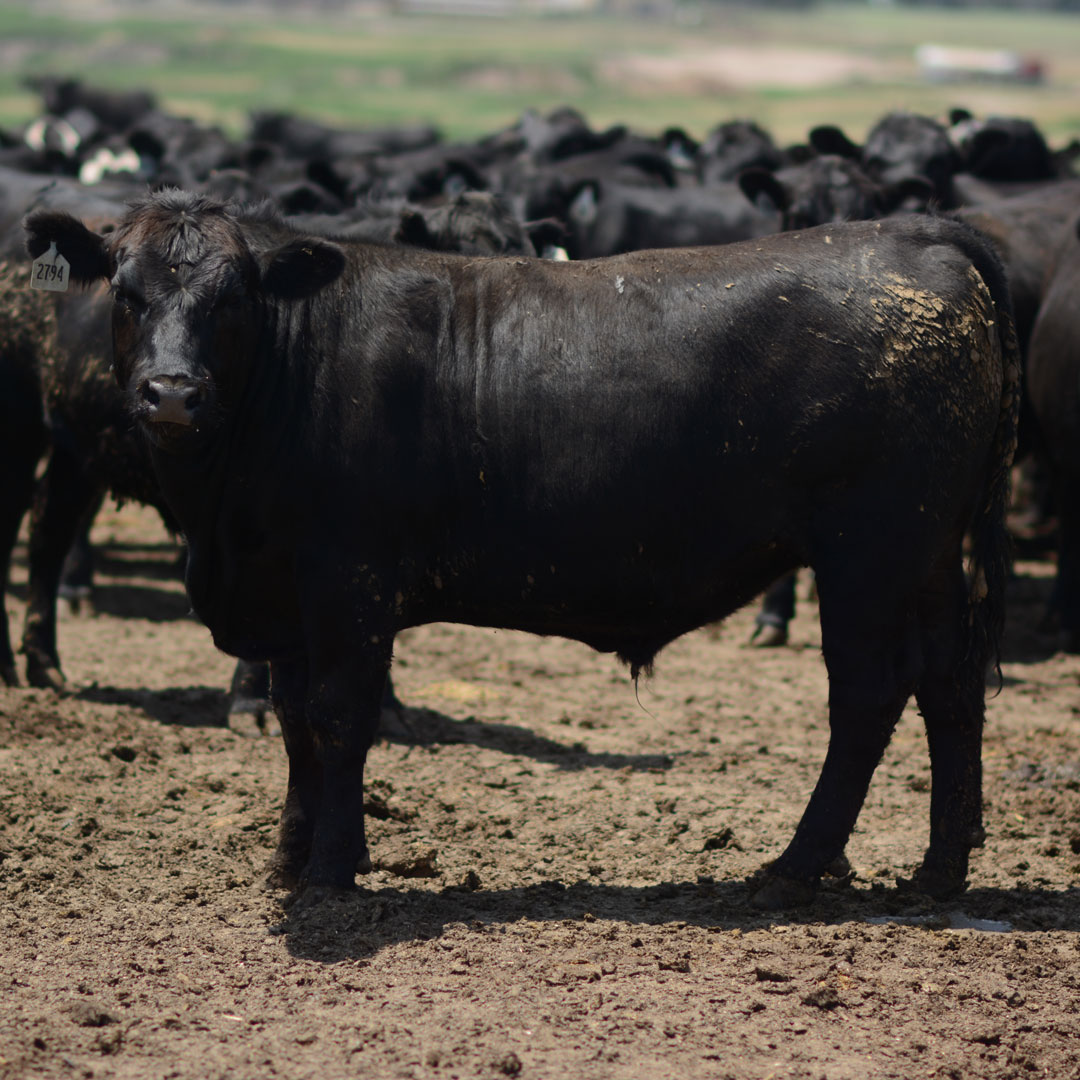
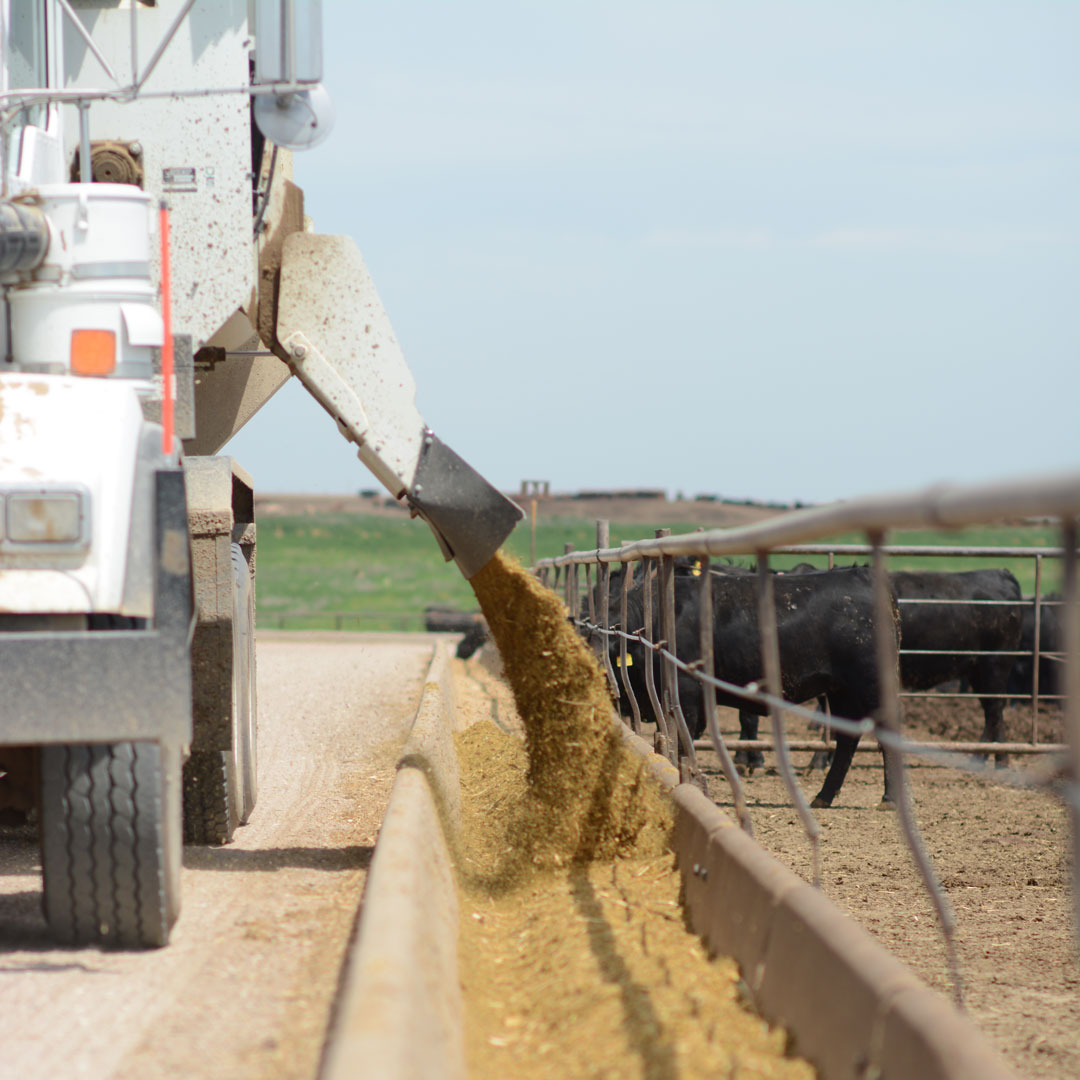
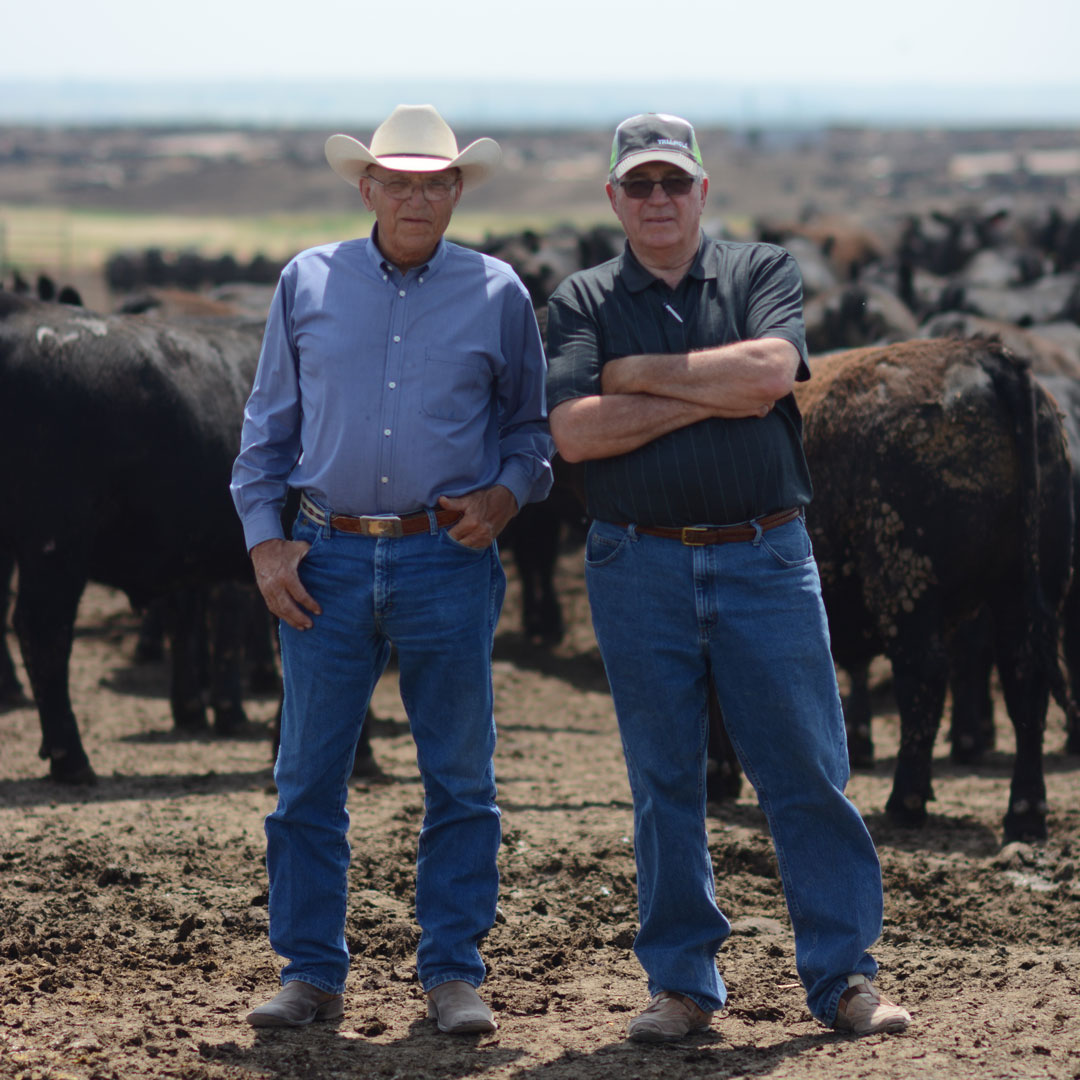
Growing a family of feeders
When he proposed to his future wife on Good Friday, Gerald Timmerman says he was “flying high.”
By the time he got married in June? “I was broke.”
It was just a wrench in the fairy tale. He and Lynn, his wife of 54 years, made their first home in a trailer house, and then filled it with five kids.
Remembering cold winters, he won’t put an employee up in a mobile home to this day.
He will, however, still get as many family members as possible to gather together. They built a barn on their place to house events that will draw all the cousins back to where it all began. He has five grandchildren, and the older ones have even started working in the feedyard.
“Family…I think that’s what it’s all about,” Timmerman says. “And longtime employees. Without good employees you’re not going nowhere.”
He gives a lot of credit to those around him, to his wife for raising the kids and to others who helped support them along the way.
“I always felt—and my brothers, too—that if you’ve got the opportunity, always be around people that are smarter than you are and have done more, and you will learn something,” he says.
Written by Miranda Reiman, this story was originally published August 2018.
You Also Might Like…
Cutout and Quality Strong
Summer weather has begun to set in with more regions of the country set to experience hotter temperatures. This means the traditional turning of consumer focus toward hamburgers and hot dogs rather than steaks, the spring favorite.
CAB Sets Sales Records, Sees Historically High Brand Acceptance Rates
In an otherwise tough time in the beef business, sales and supply records have been a bright spot. The positive numbers mean that quality beef production has not let up, and beef demand is holding. Consumers have proven the value proposition: the good stuff is worth a little more money, for a better eating experience.
Feeding Quality Forum Dates Set Earlier in August
When you’re feeding cattle, it counts to keep track of every calf, pound and dollar. Beyond the event’s educational sessions, networking between segments of the beef supply chain is invaluable—from feeders and cow-calf operators to allied industry and university researchers.

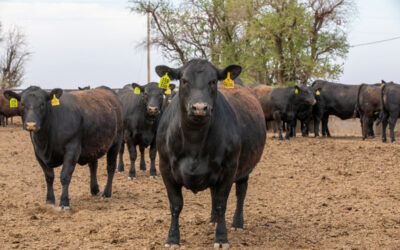

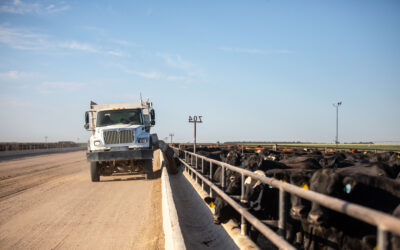


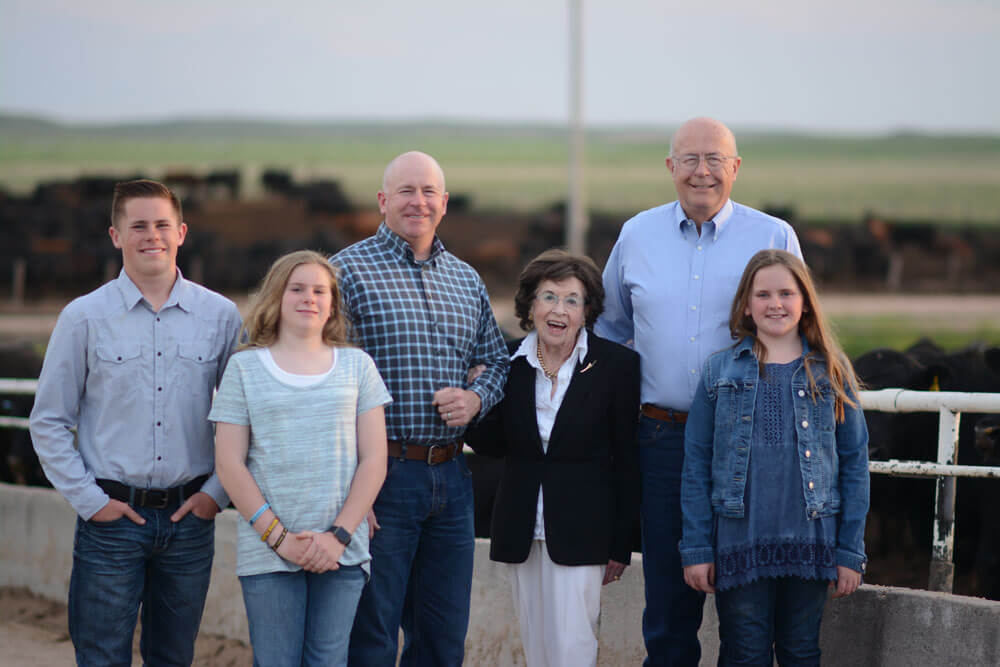





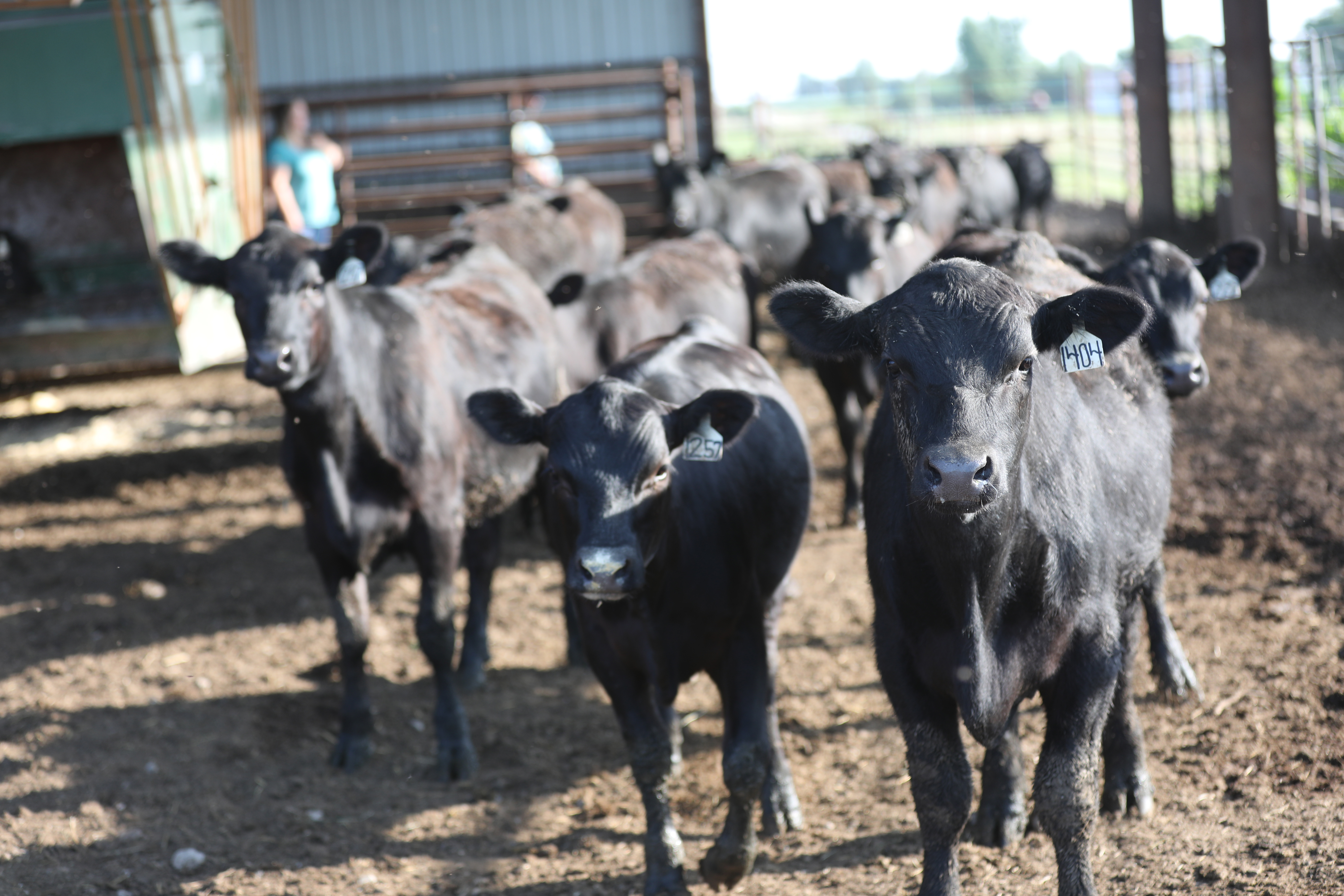

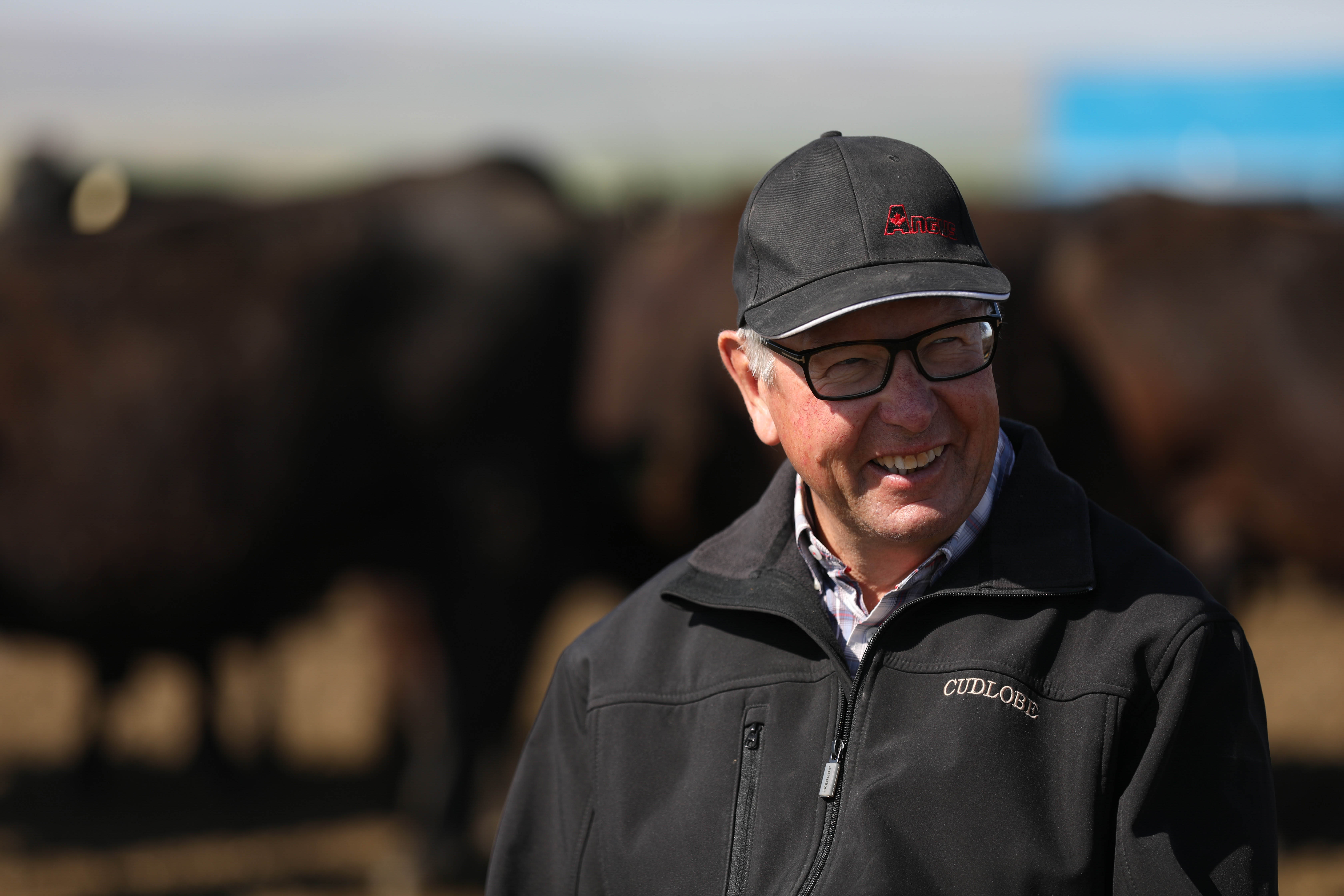
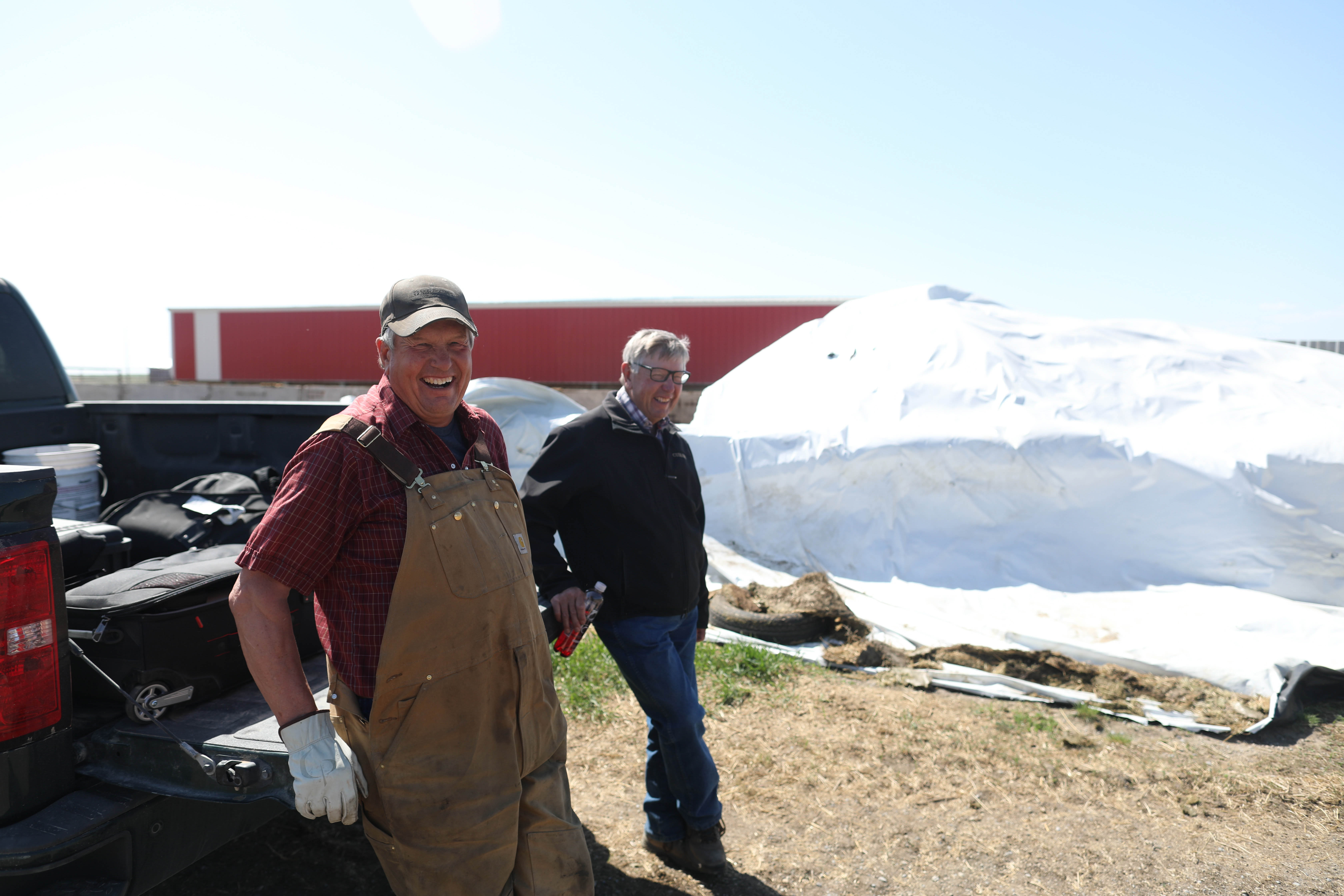
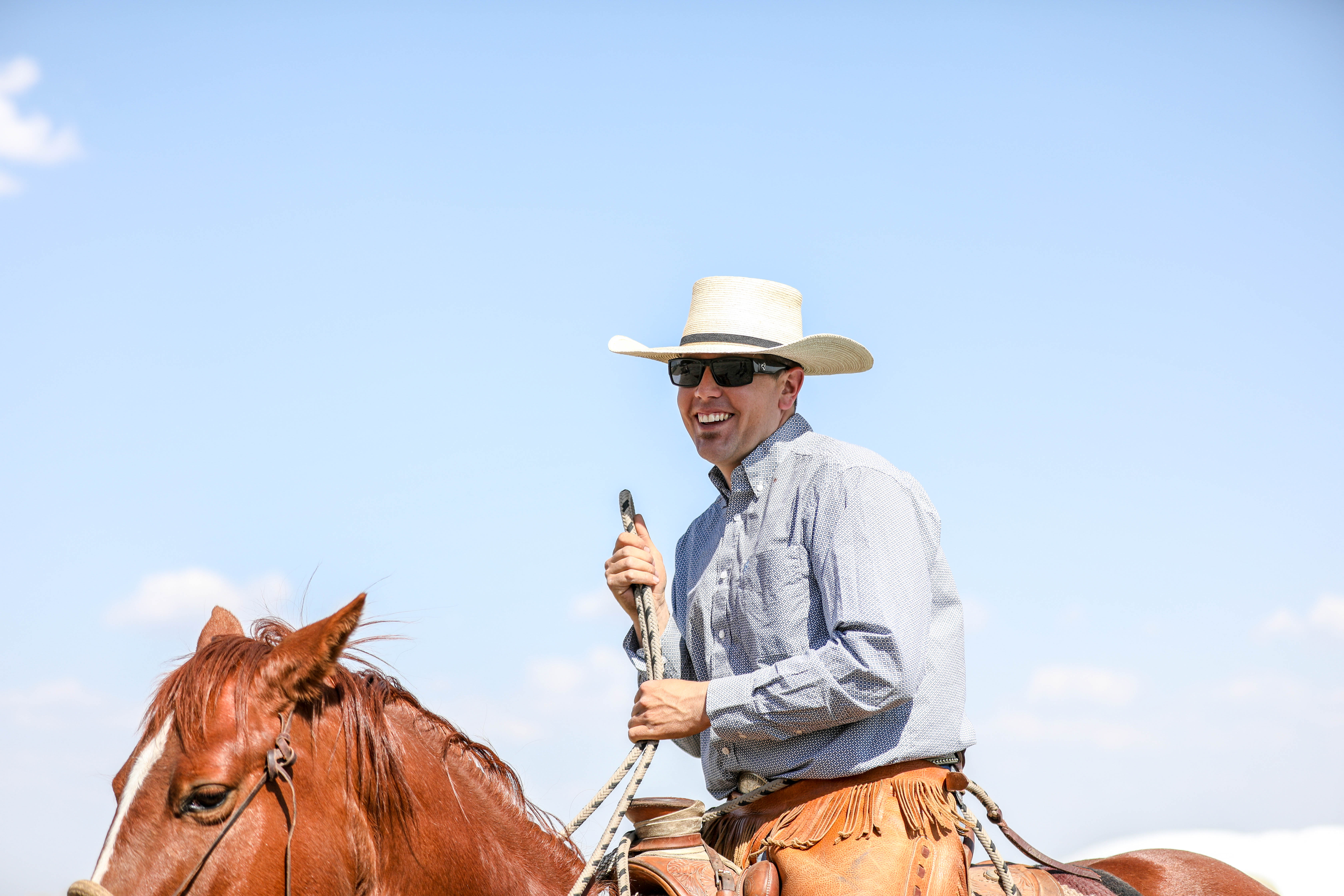
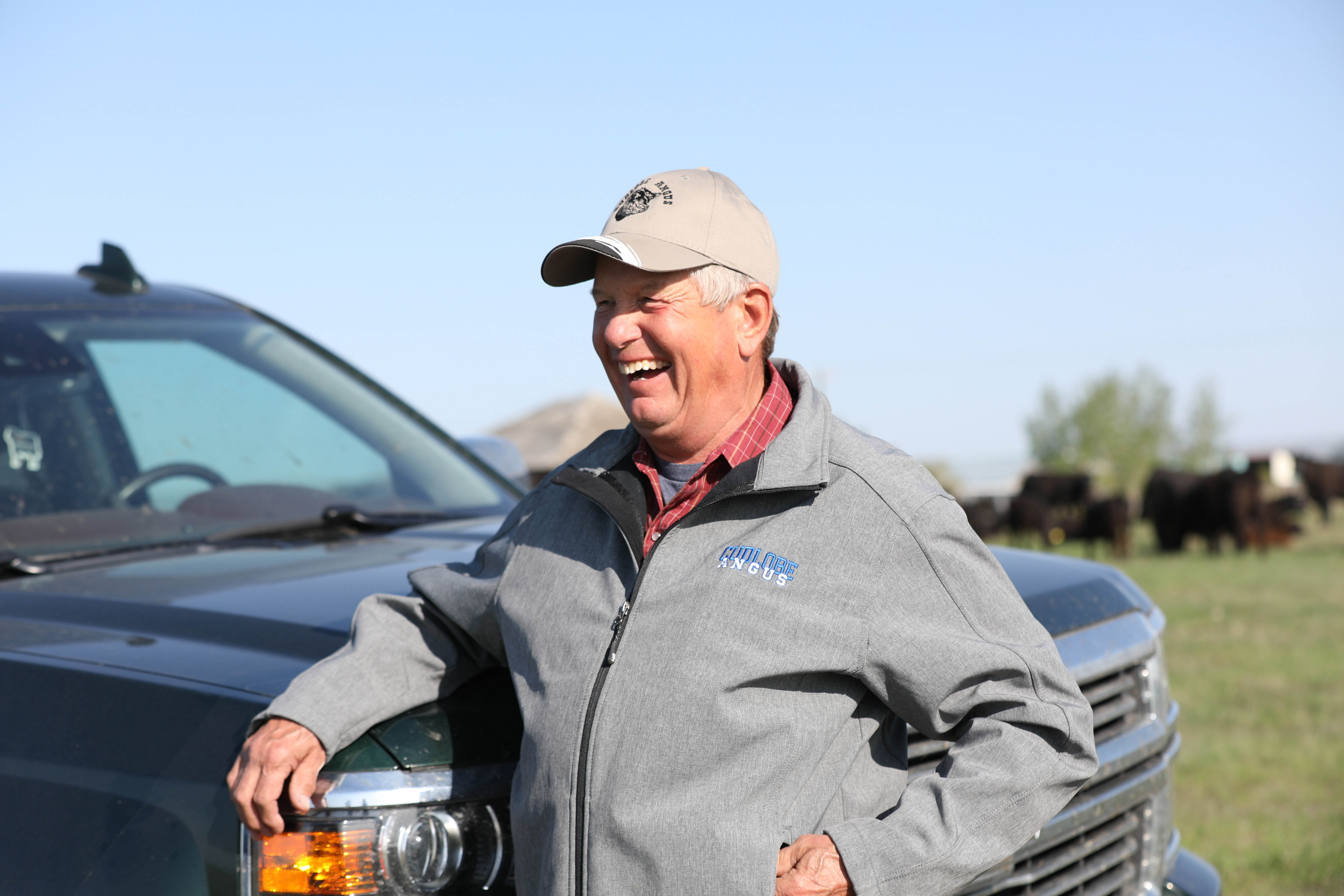



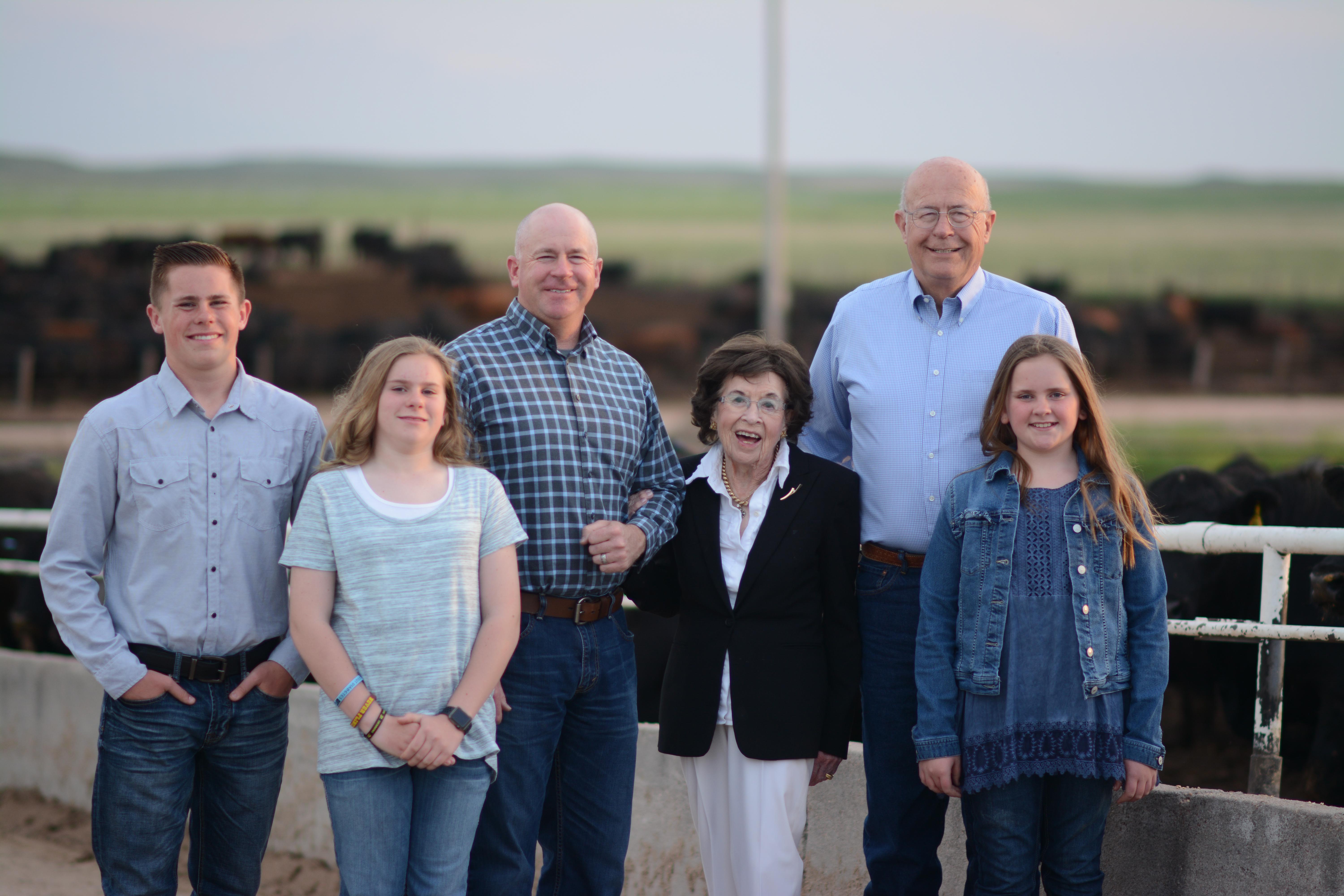

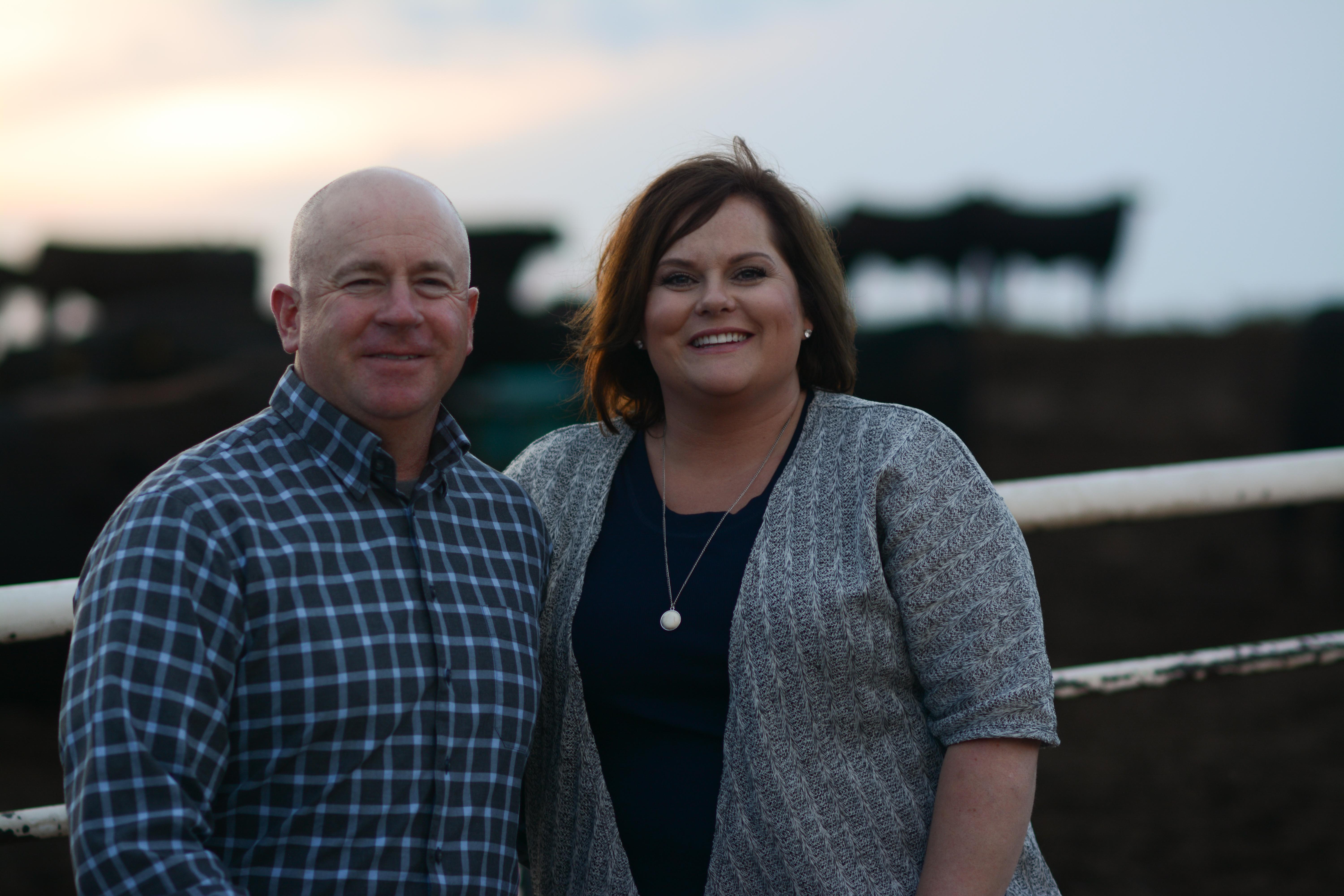
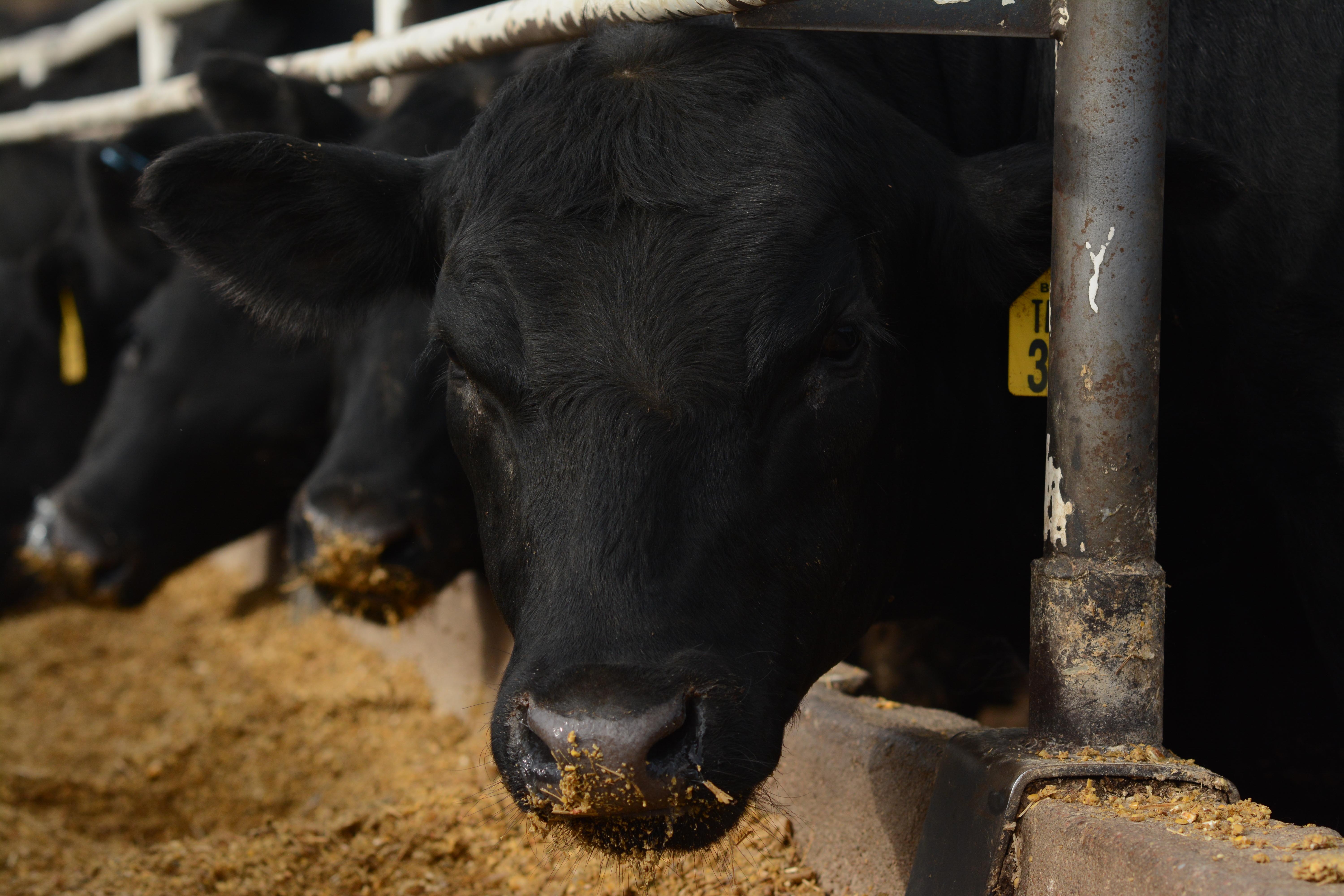




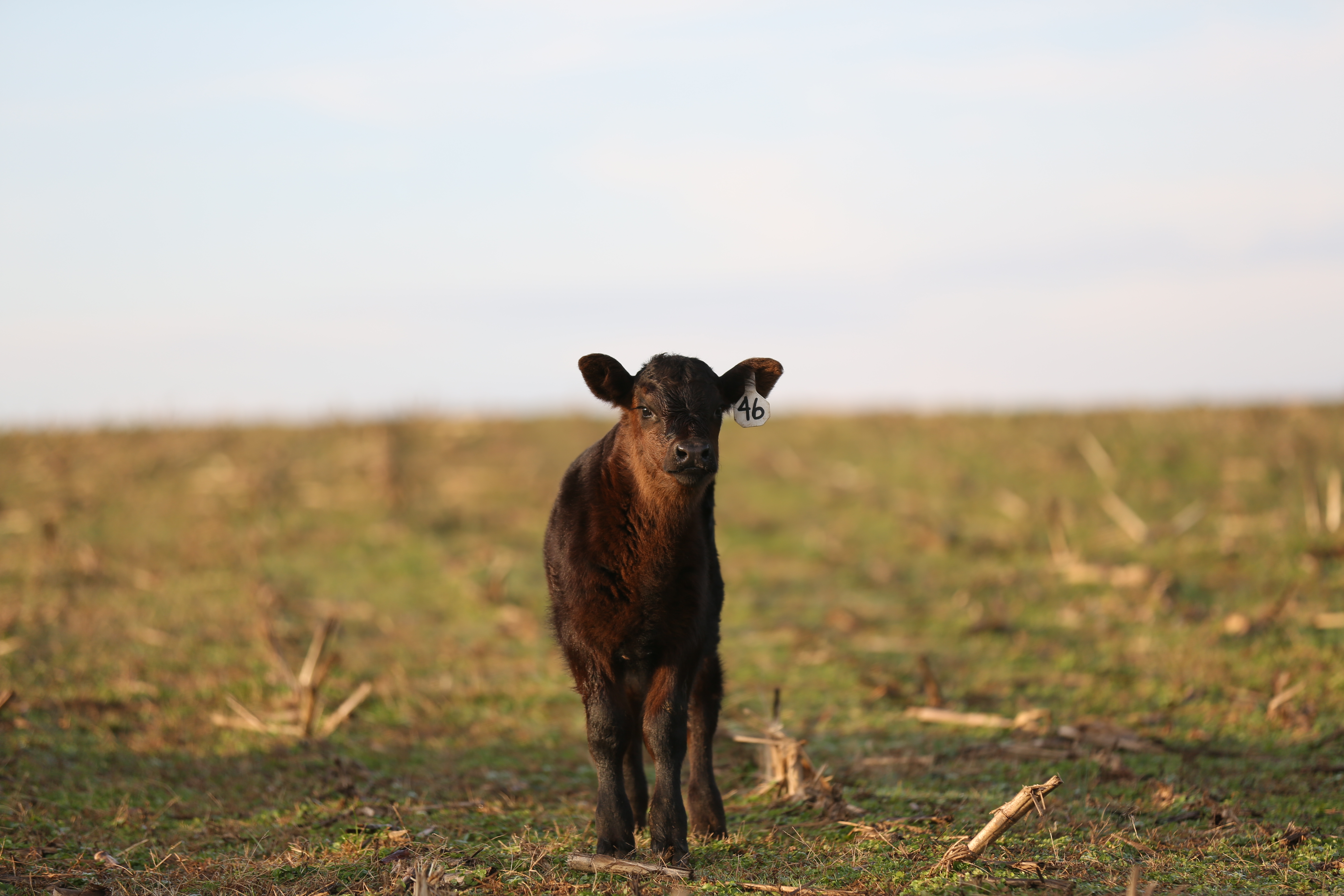

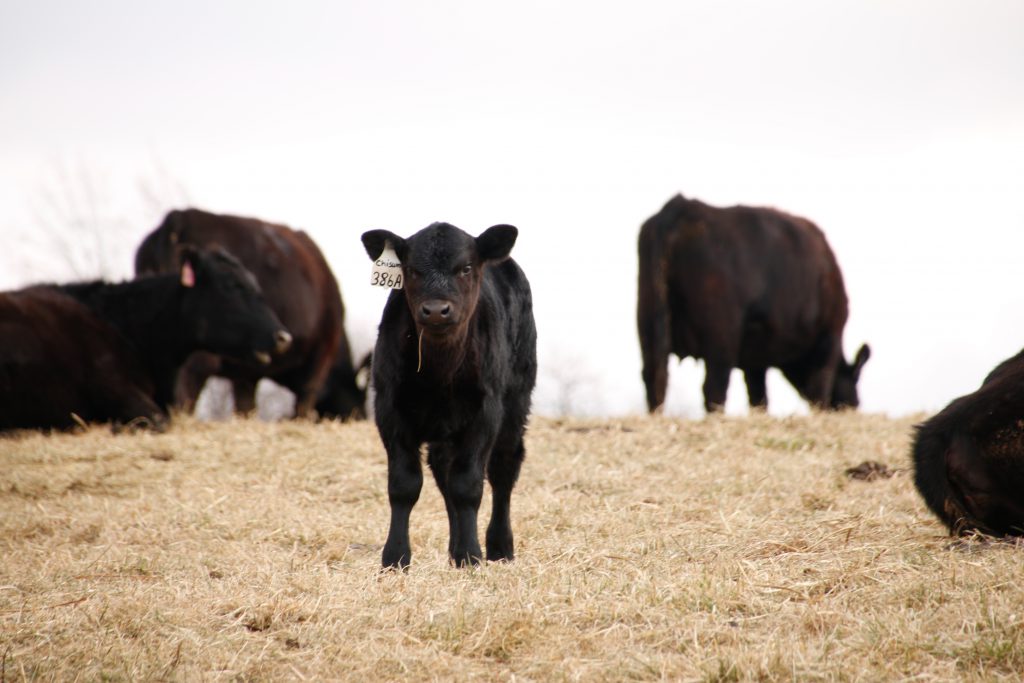

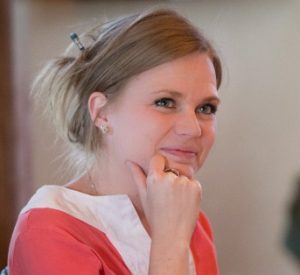





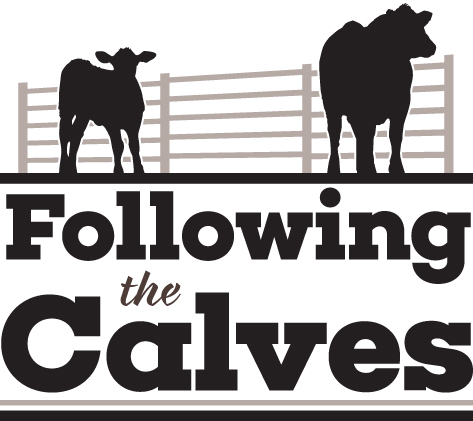 Some may take offense to comparing a herd of kids to fresh calves or a mom’s eye to maternal instincts, but I don’t think it’s out of line to say ‘fetal programming’ had a role in how each Loseke kid is developing a passion for the beef business.
Some may take offense to comparing a herd of kids to fresh calves or a mom’s eye to maternal instincts, but I don’t think it’s out of line to say ‘fetal programming’ had a role in how each Loseke kid is developing a passion for the beef business.

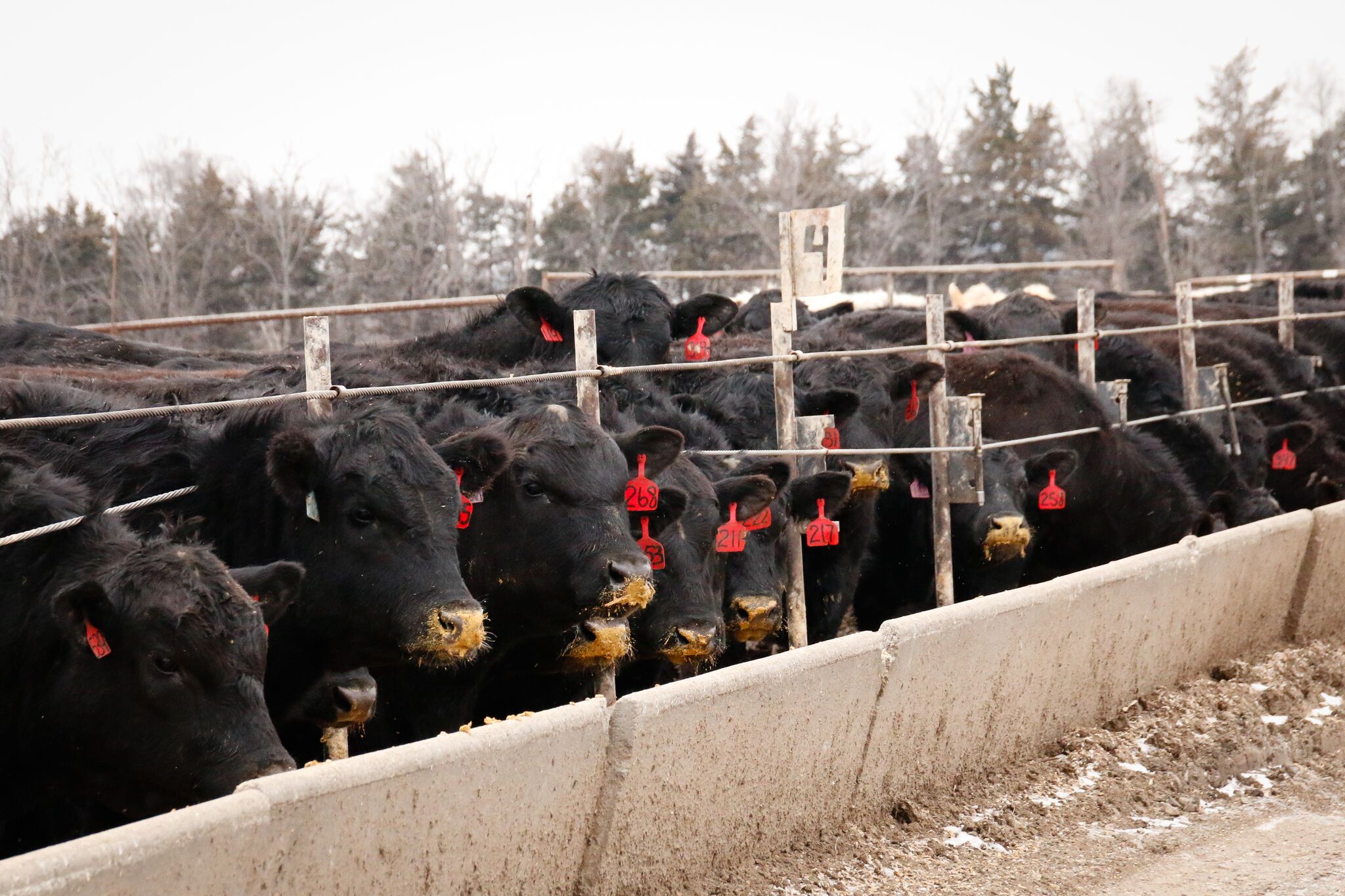
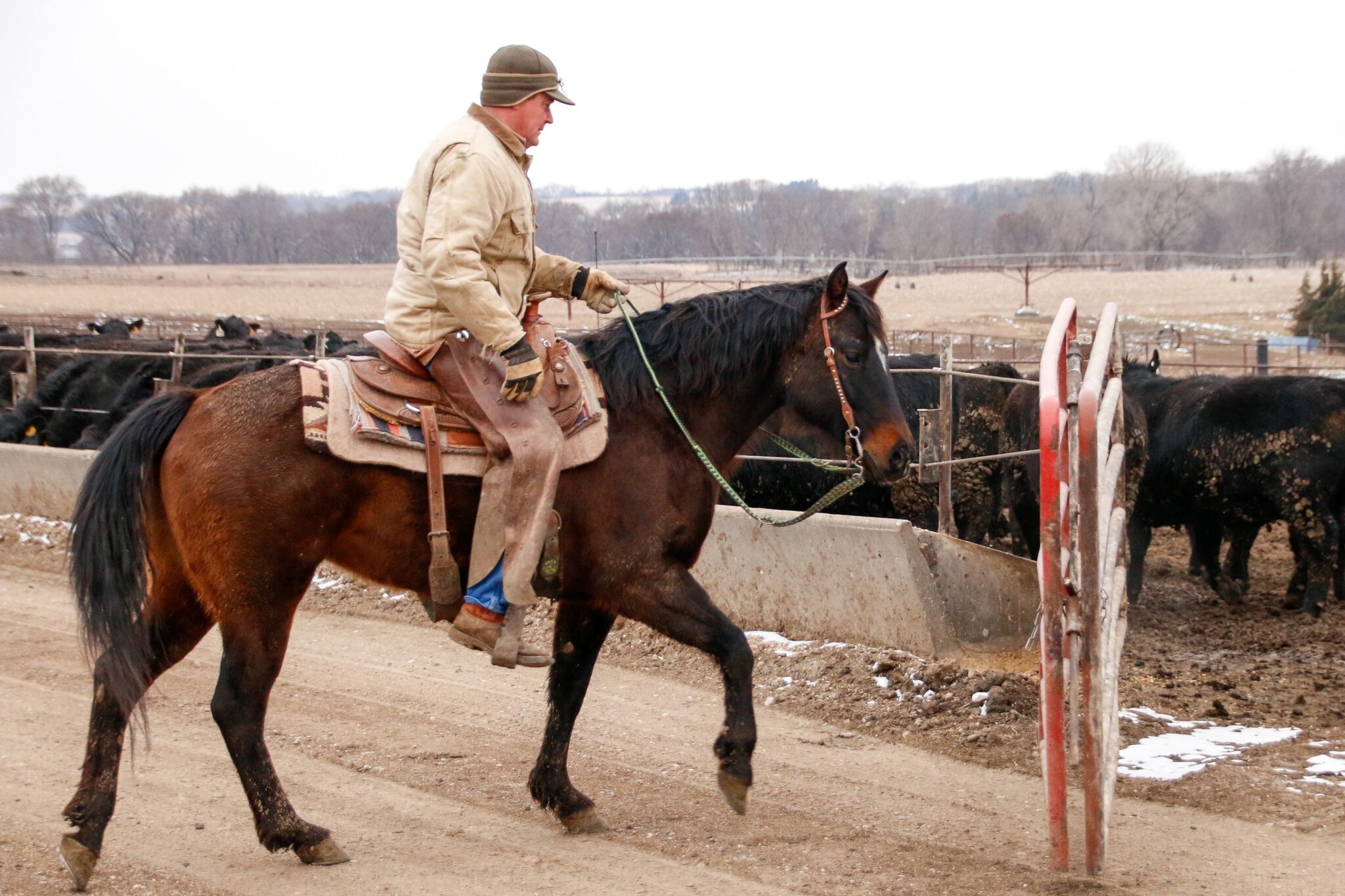
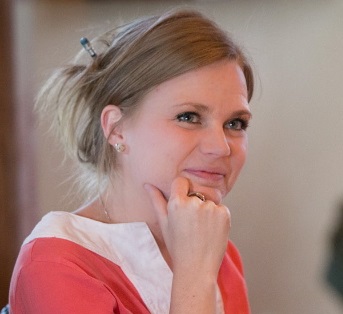 Laura Nelson is based in Big Timber, Montana, where she writes, captures images and tells farming and ranching stories. She’s a former CAB Industry Information Specialist who became passionate about the brand and the pursuit of high-quality beef while working at the company headquarters in Ohio. Then wide open spaces, small-town living and those beautiful Crazy Mountains wooed her back west.
Laura Nelson is based in Big Timber, Montana, where she writes, captures images and tells farming and ranching stories. She’s a former CAB Industry Information Specialist who became passionate about the brand and the pursuit of high-quality beef while working at the company headquarters in Ohio. Then wide open spaces, small-town living and those beautiful Crazy Mountains wooed her back west.